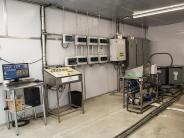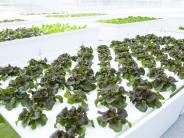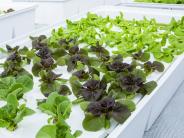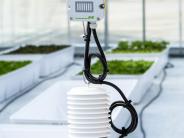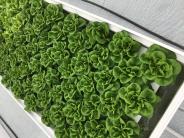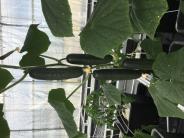-
City Departments
-
- Boards and Committees Budget Committee Planning Commission Public Safety Commission Urban Renewal Agency City Council Agendas & Minutes Public Information Request
- Departments Administration Building 9-1-1 Emergency Communications Center Finance Fire Parks & Recreation Planning Police Public Works
- Community Who Was John Day? John Day Newsletter Lodging Photo Gallery Useful Links
-
- Business & Development
-
Recreation & Events
-
- About Who Was John Day? Community City Newsletter Chamber of Commerce Lodging Photo Gallery Useful Links
- Events and Activities Special Events City Calendar Recreation JDCC Parks & Rec District Park Sites Directory Nearby Recreation
- Library Library Foundation Schools Grant County School District #3 Transportation Grant County Transportation District
-
-
Contact & FAQs
-
- Job Opportunities Alerts and Notifications Email Subscriptions Events and Meetings Agendas and Minutes Calendar
- Contact the City Submit a Request or Concern Staff Directory Social Media Facebook City News
-
Production Runs at the Greenhouse at Oregon Pine are Underway
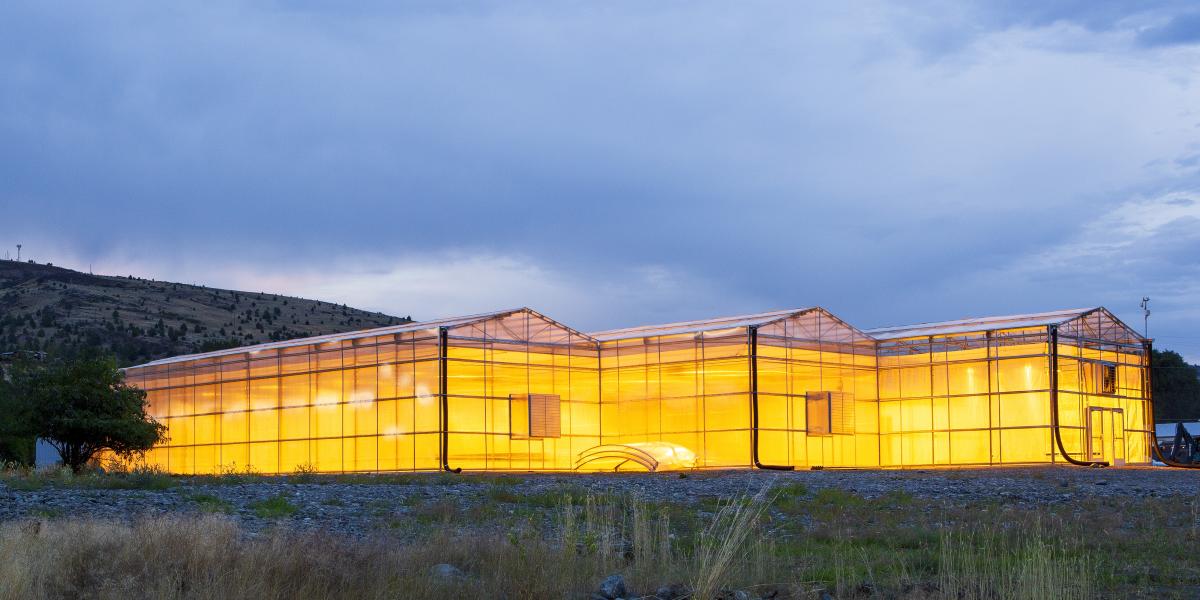
Visit: www.johndaygreenhouse.com or come see us at the John Day Farmers Market June - October.
About the Project
Hydroponics and controlled environment agriculture have been used for years by researchers, educators, and commercial farmers. By combining these three most common users, the City of John day is reaching new heights in remediating a rural food desert and jump starting a recovering economy through the implementation of the pilot-scale greenhouse. The surrounding economy has always focused on natural resources such as agriculture, timber, and mining. Investing in hydroponics and controlled environment agriculture to address economic development is not a paradigm shift but rather a continuation of using local resources to our advantage.
Our greenhouse is a 6,240 square foot fully automated greenhouse with an expandable design that allows two more bays to be constructed at a later date and create 10,400 square feet of controlled environment. Advanced technology allows the automation of parameters such as temperature, humidity, CO2, irrigation and fertilizer. Using hydroponic grow systems in the production of fresh produce gives many advantages over conventional farming; the two biggest being the ability to grow on barren, abused, and abandoned ground and create the optimal growing climate year around.
The greenhouse consists of 3 bays separated into individual climate zones with two production bays and one headhouse/propagation bay, which includes seed propagation areas, the control/mechanical room and the show room. The showroom is a glass area separated from the rest of the greenhouse that allows for hands-on tours and experiments without the risk of contamination from the public or outside environment for the commercial production bays. The two commercial production bays will maintain separate environmental zones with one dedicated to vine crops and the other dedicated to leafy greens and herbs. Crops include tomatoes, cucumbers, peppers, a variety of different lettuces and herbs.
While the greenhouse is operating with fresh, potable, water from the City’s water system, the design includes a purple-pipe extension to the future wastewater treatment plant. Using reclaimed water, treated to a class A effluent, to irrigate fresh produce is not an entirely new idea, farmers have used reclaimed water for irrigation for years. Connecting the Pilot-Scale Greenhouse and the new wastewater treatment plant would allow for the high-tech greenhouse to reach the next level of sustainability and reduces the reliance of industry on traditional water systems.
With local grocers, restaurants, schools, and the hospital lined up to purchase fresh produce grown in the greenhouse, the monthly production goals include over 4000 pounds of fresh produce and over 25 tons of produce harvested annually. The entire venture is owned and operated by the City of John Day as a division of our Public Works department. Assets from the Sewer fund (reclaimed water) will become inputs to the greenhouse, and revenue (sales) from the greenhouse will accrue to the Sewer fund to offset its operating expenditures and ultimately the cost of the wastewater treatment, all while delivering fresh, locally grown produce for our residents and academic research opportunities for our students.
Introduction to Hydroponics
Hydroponics is an agricultural method of growing plants without the use of soil. Instead of the plant roots receiving their nutrients from the soil, the nutrients are mixed into the irrigation water and delivered straight to the roots. There are two types of hydroponic systems, one being liquid culture and the other being aggregate culture. In liquid culture the plant roots are exposed directly to the water and nutrients while in aggregate culture the plants are sown in an inert material and irrigated with the nutrient solution.
Plants have 7 key requirements which include:
Water
Light
Nutrients
CO2
Oxygen
Climate (Temperature and Humidity)
Support systems for the roots and vines
Hydroponics and controlled environment agriculture create the opportunity to provide these requirements to the plants in a more efficient and frequent manner. Other benefits of hydroponics and controlled environment agriculture include:
Plants can be produced on abandoned, non-arable land, that may not have many other uses.
Controlled environment, limiting diseases and insects.
Controlled environment with minimal differences between the seasons.
Direct and immediate control over the nutrients delivered to the plants.
Higher yields and planting densities than conventional agriculture.
Efficient use of water and nutrients.
The City of John Day is in a unique position to overcome the traditional challenges associated with hydroponic greenhouses. Abundance of sunlight, available land, and moderate temperatures lead to ideal conditions for controlled environment agriculture. Relatively low cost energy, use of reclaimed water, and the City’s network of relationships with researchers, educators, grocery stores and restaurants, aid in achieving success.
Market Expansion
Fresh produce in John Day is most commonly produced in backyard gardens and not at commercial scale due to the short growing season of the high desert. A commercial greenhouse allows for fresh produce delivered year-round to local grocery stores and restaurants within hours of harvest and generates a local farm-to-table food network. By building the Greenhouses at Oregon Pine, the City of John Day is addressing multiple needs by using sustainable agriculture to combat the local food desert, and stimulate the local economy by expanding an innovative high growth industry.
Click any thumbnail image to view a slideshow
